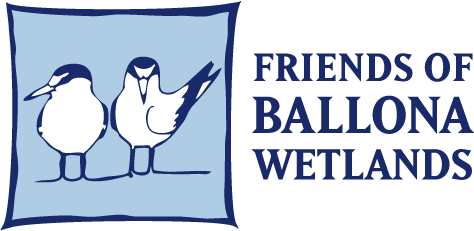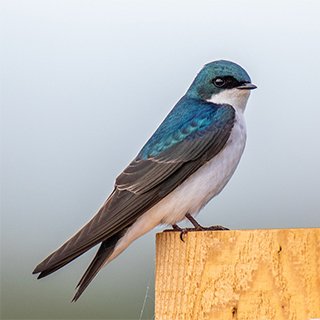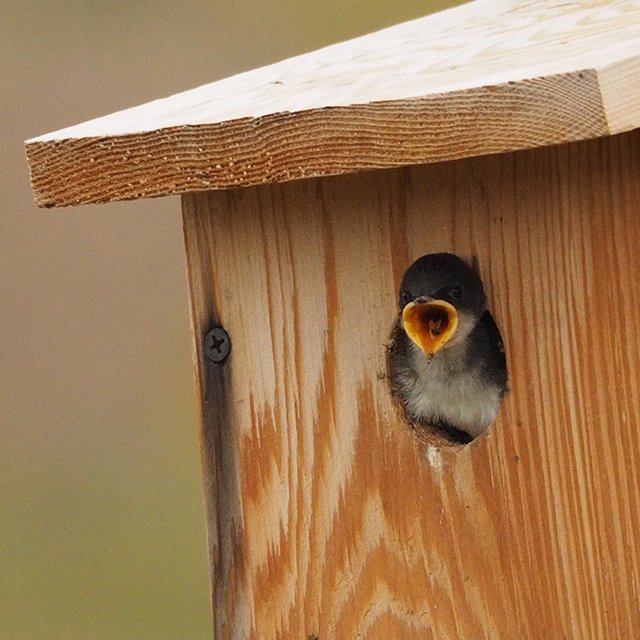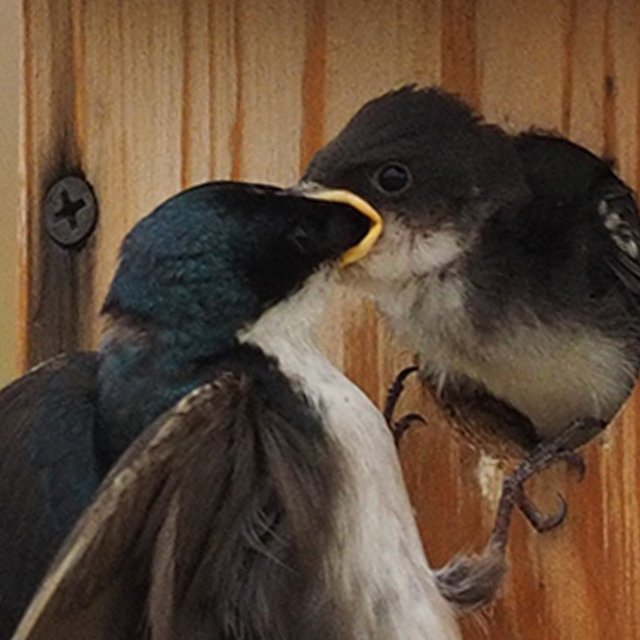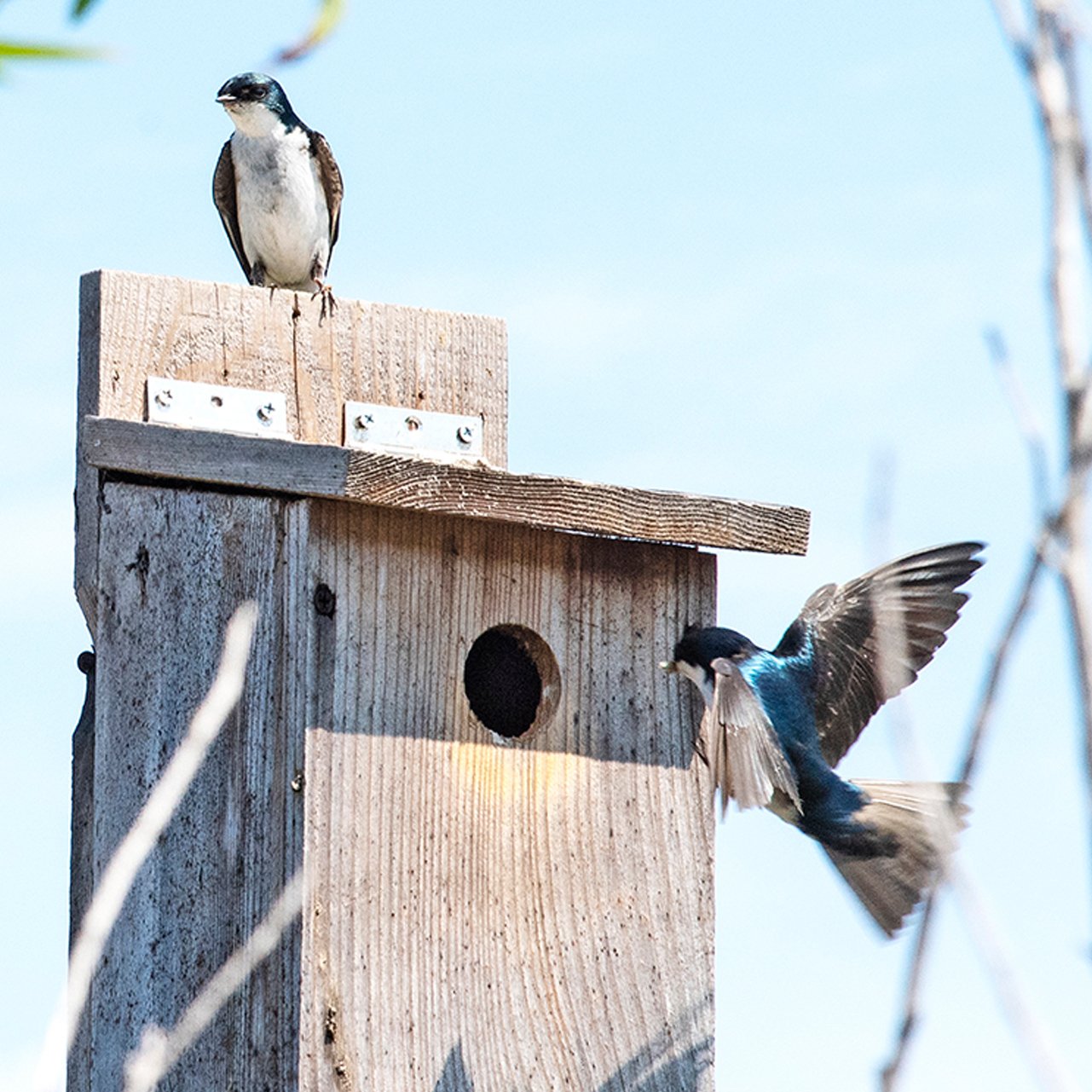The Ballona Riparian Corridor is an approximately 25 acres, 2 mile long stretch of riparian habitat that connects to the Ballona Freshwater Marsh. It is located directly below the Westchester Bluffs and next to Playa Vista. Historically there would have been freshwater that flowed through the area and supplied a Gabrielino-Tongva village but urbanization greatly impaired water’s flow through the riparian habitat. In a settlement between the developers and Friends of Ballona Wetlands, the developers agreed to restore and sustain this Riparian Corridor and Freshwater Marsh. With 95% of historic wetland and riparian habitat lost, this section of restored habitat has become a vital part of sustaining populations of rare and sensitive species in the area. With the help of those who recreate responsibly along the Ballona Riparian Corridor, human, wildlife and habitat will be able to live side by side.
Recreate Responsibly
Choose the Right Path
*CABORA DRIVE TRAIL CLOSED UNTIL FURTHER NOTICE DUE TO LANDSLIDE
The 4 mile loop trail that encircles the Riparian Corridor is open and accessible to all, but there is a maintenance road on the southern side that is closed to the public. Making sure you are on the path along Bluff Creek Drive and then on the open, upper path, Cabora Drive. It is important to provide a buffer space for sensitive wildlife species.
By staying off the maintenance road and staying on the upper Cabora Drive you protect bird species, like Tree Swallow (migratory species that comes here to nest), Least Bell’s Vireo (Federally Endangered), and Yellow Warbler (State Species of Special Concern). These birds are dependent on this habitat and can be vulnerable to interactions with humans and pets and may abandon a nest during the breeding season. To protect these small birds and their growing babies, stick to the upper trail.
Leash Your Pet
The 4 mile loop trail is open to humans and pets alike. All pets need to be leashed in compliance with local ordinance (10.32.010) while on the trail. This protects the pets from unexpected wildlife encounters, where the owner can redirect a pet away from a dangerous situation. The leash also protects the wildlife of the area from being chased or simply spooked by the presence of a pet. Wildlife perceive pets as predators and repeated interactions with pets and people can cause wildlife like birds to abandon their nests or mammals to abandon their burrow. Leashes also allow for all recreation users to feel safe. Whether a person has a fear of dogs or is a fellow pet owner that has a skittish dog, having leashed control of pets is best for all.
There is no address for this section of habitat but a 4 mile loop trail around it’s edges can be started from Ballona Discovery Park.
*CABORA DRIVE TRAIL CLOSED UNTIL FURTHER NOTICE DUE TO LANDSLIDE
SPOTLIGHT: Nesting Tree Swallows
The Tree Swallow (Tachycineta bicolor) is a small songbird that nests in empty tree cavities. In urban environments, few trees with these types of cavities are left standing but luckily, Tree Swallows will also nest in human made boxes. Along the Ballona Riparian Corridor and Ballona Freshwater Marsh you may notice a number of these bird boxes. Built and installed specifically for Tree Swallows, these boxes become the home for numerous Tree Swallow families to lay their eggs and successfully raise their young. During the nesting season, from the upper Cabora Road Trail you can spot Tree Swallows darting through the sky, catching insects, to bring home to their young.
RELATED VIDEO
Learn more about Tree Swallows and the research conducted along the lower maintenance road:
Tree Swallows call the nest boxes at Ballona "home".
Trained and permitted scientists conduct a survey of the tree swallows at Ballona Wetlands. Do not attempt.
